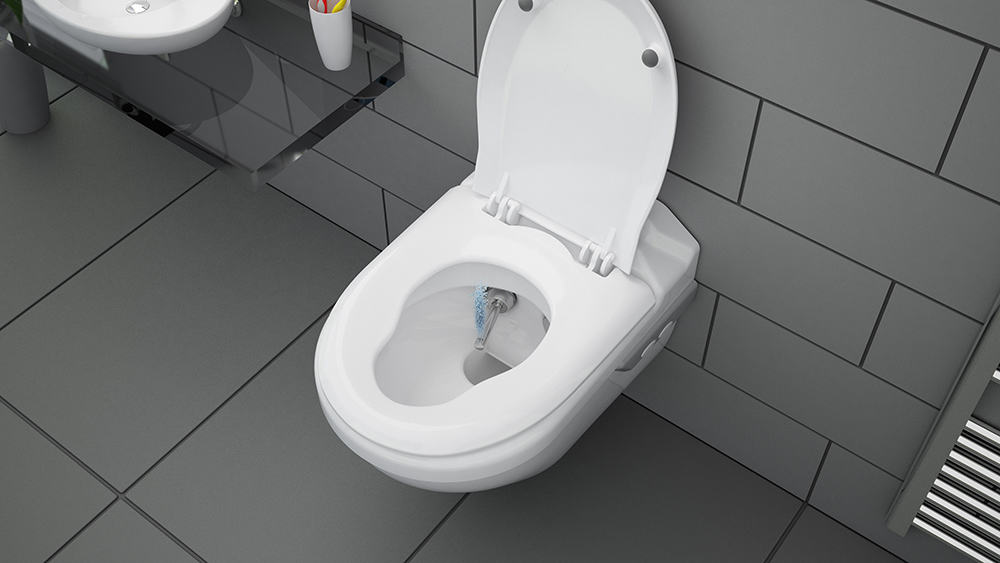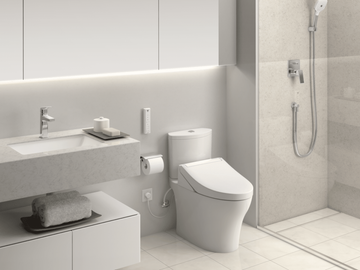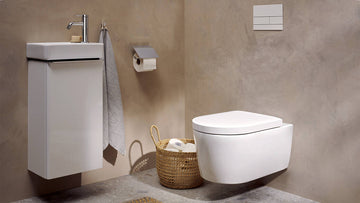In the ever-evolving world of bathroom innovation, night light toilet technology emerges as a game-changer, offering a blend of functionality and modern design. For those in the industry QA sector, understanding this technology's potential is crucial. Its seamless integration into everyday life not only enhances user experience but also addresses key safety concerns, particularly in low-light conditions.
With the increasing demand for smart toilet solutions, manufacturers are keen on delivering products that resonate with consumer needs. The integration of night lights into toilet systems is a testament to how far bathroom technology has come, aiming to improve convenience and safety in one of the most frequented areas of a home or facility.

Why Night Light Technology Matters
One might wonder why such a feature has gained momentum recently. The answer lies in the balance between practical utility and technological advancement. Night light toilet technology offers a solution to nighttime navigation problems, reducing the risk of accidents and enhancing overall user comfort. This feature is particularly beneficial in homes with children or elderly individuals, where bathroom trips in the dark could pose safety risks.
Moreover, the aesthetic appeal of a softly illuminated toilet can't be overlooked. It adds a modern touch to the bathroom, aligning with contemporary design trends. For the more technically inclined, this technology often includes LED lights that are energy-efficient, ensuring that sustainability isn't compromised.
How It Works: The Mechanics Behind the Glow
The implementation of night light toilet technology involves strategically placed LED lights that illuminate the toilet bowl. These lights are often motion-activated, turning on when someone approaches and automatically switching off after a period of inactivity. This not only conserves energy but also enhances the user experience by providing light only when needed.
For those curious about the technology's integration, manufacturers ensure that the lights are waterproof and easy to clean, maintaining hygiene standards. The LEDs are typically powered by batteries or connected to the home's electrical system, providing flexibility for different installation preferences.
Market Trends and Consumer Preferences
The demand for innovative toilet solutions is on the rise, with consumers prioritizing both functionality and aesthetics. According to a recent study featured in Best Innovative Toilets, consumers are more inclined towards products that offer additional features without compromising on traditional functions.
Furthermore, night light toilet technology aligns with the growing trend of smart home devices, providing a seamless integration into the broader ecosystem of home automation. As the technology evolves, we can expect more advanced features such as color-changing LEDs or even lights that sync with other smart devices for a fully automated experience.
Integration with Smart Bathroom Innovations
Integrating night light technology into toilets is just one piece of the puzzle when it comes to smart bathroom innovations. As highlighted in Toilet Innovations for Hospitals, the healthcare industry is particularly interested in features that enhance safety and hygiene. Night lights in hospital toilets can significantly reduce nighttime falls, a common concern for patient safety.
Moreover, combining night light technology with other smart features such as automatic flushing, heated seats, or even bidet functions can create a truly modern bathroom experience. As the industry moves forward, the potential for further integration and innovation is limitless.
Challenges and Considerations for Industry QA
While the benefits of night light toilet technology are clear, there are challenges that industry QA professionals must consider. Ensuring the reliability and durability of the lights is paramount, as frequent failures could lead to customer dissatisfaction. Additionally, maintaining the balance between technological complexity and user-friendliness is crucial; the system should be easy to operate and maintain.
Also, as with any electronic device, safety standards must be adhered to prevent electrical malfunctions, particularly in a moisture-prone environment like a bathroom. As seen in Duravit's Hygieneflush, maintaining high hygiene standards is also a top priority.
Conclusion: The Future of Bathroom Technology
Night light toilet technology represents a significant step forward in bathroom innovation, offering both practical benefits and aesthetic enhancements. As consumer preferences continue to evolve, the industry must adapt, ensuring that these technologies meet the demands for safety, efficiency, and modern design.
With the potential for further advancements, the future of bathroom technology is brightliterally and figuratively. For those in the industry, keeping abreast of these developments is essential for staying competitive in an increasingly tech-driven market.

FAQs
What is night light toilet technology?
Night light toilet technology involves the integration of LED lights into toilet systems, providing illumination in low-light conditions for enhanced safety and convenience.
How does night light technology benefit users?
This technology reduces the risk of nighttime accidents, particularly for children and the elderly, while also adding a modern aesthetic touch to the bathroom.
Are there any challenges with implementing this technology?
Ensuring the durability and reliability of the lights, maintaining user-friendliness, and adhering to safety and hygiene standards are key challenges for industry QA professionals.
This article contains affiliate links. We may earn a commission at no extra cost to you.






